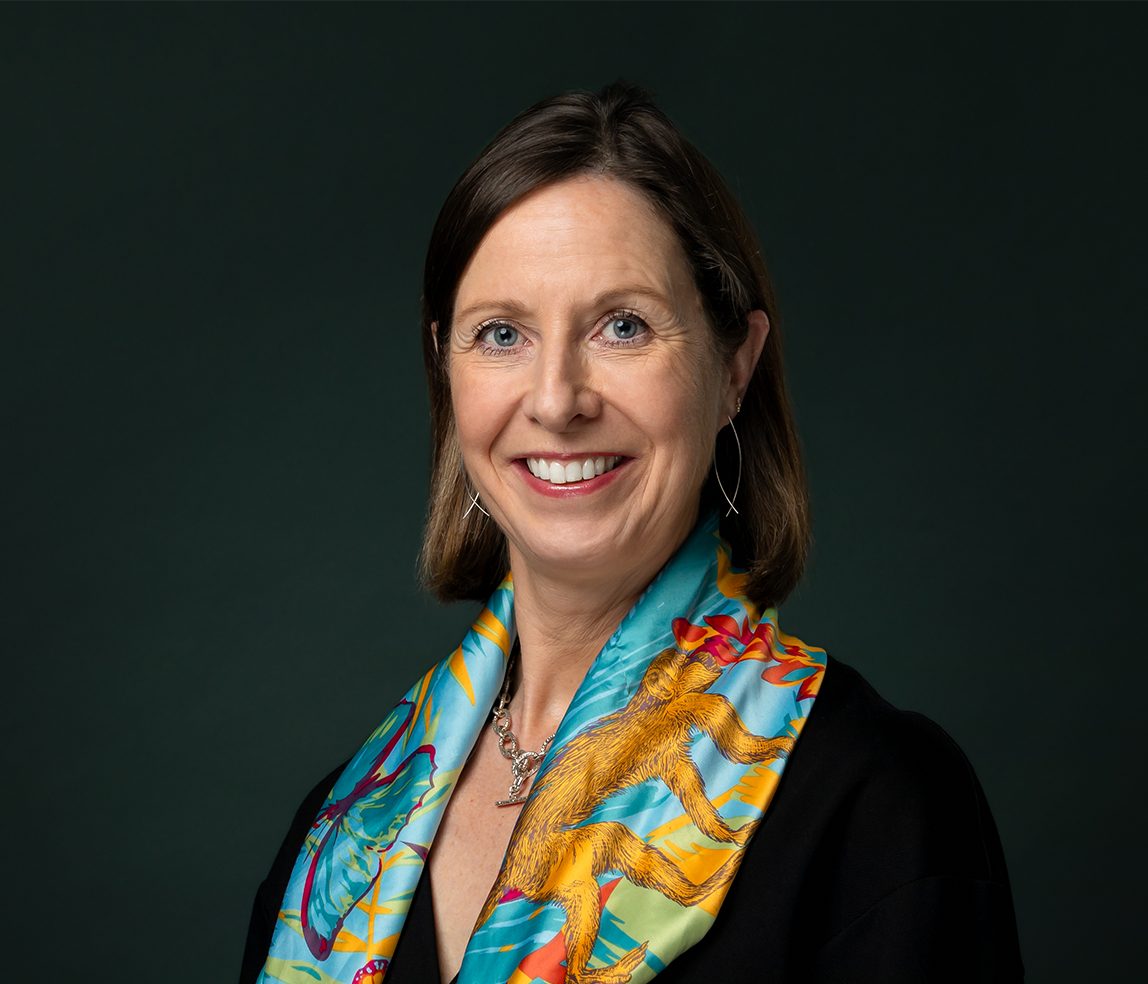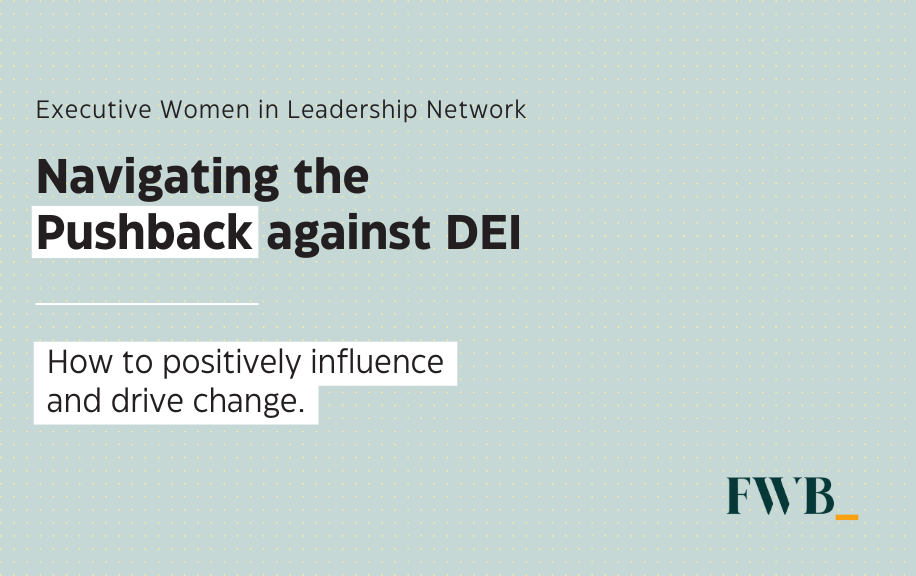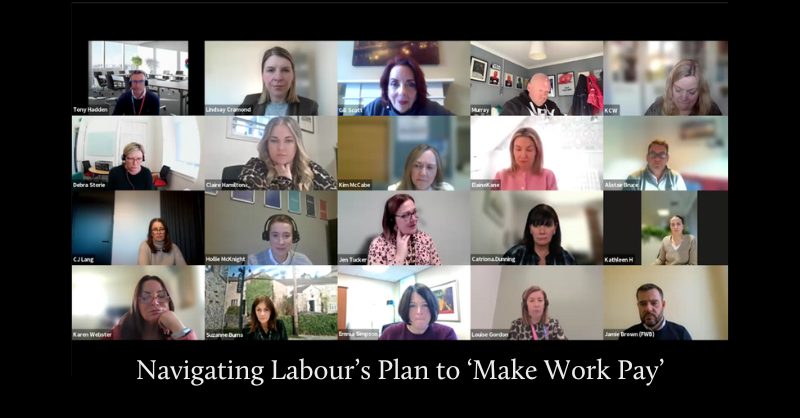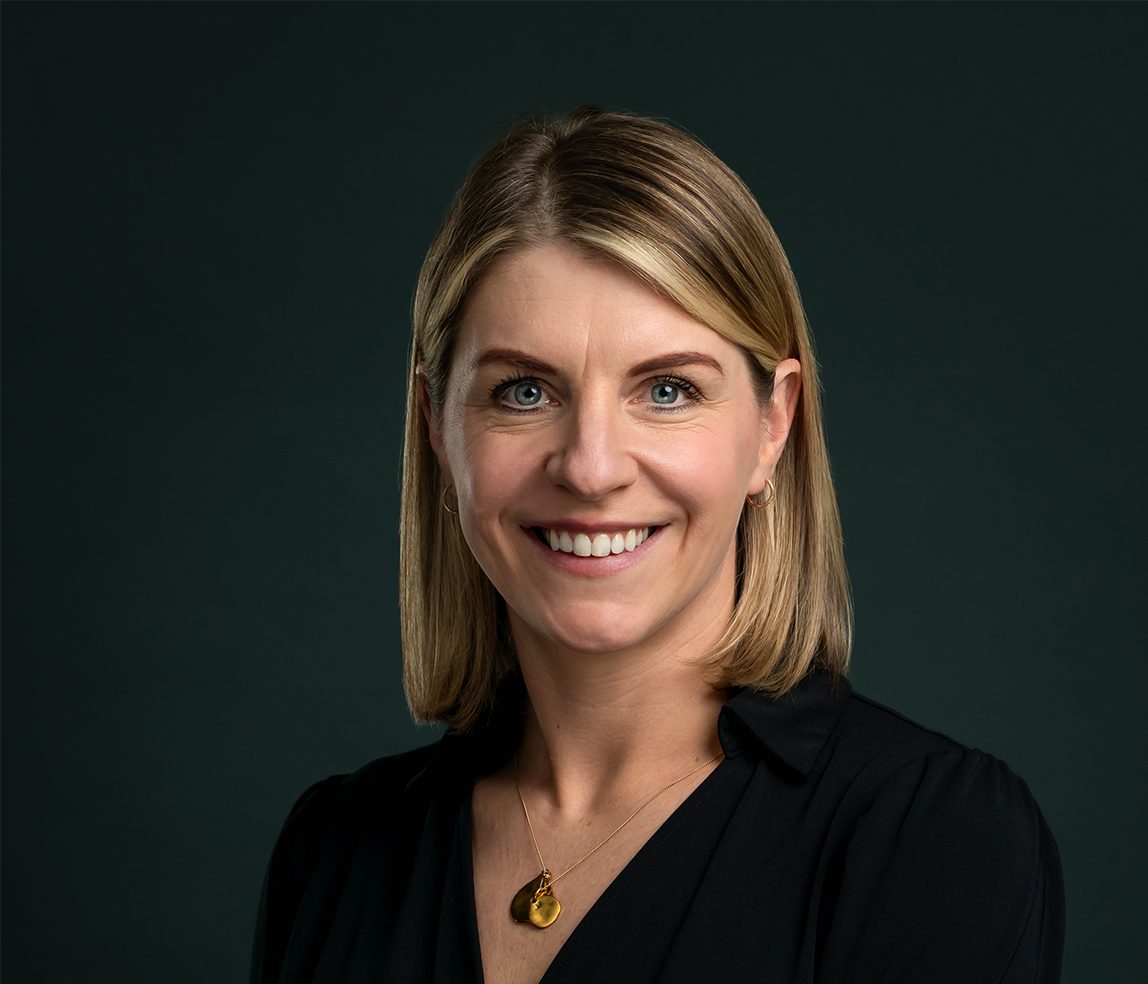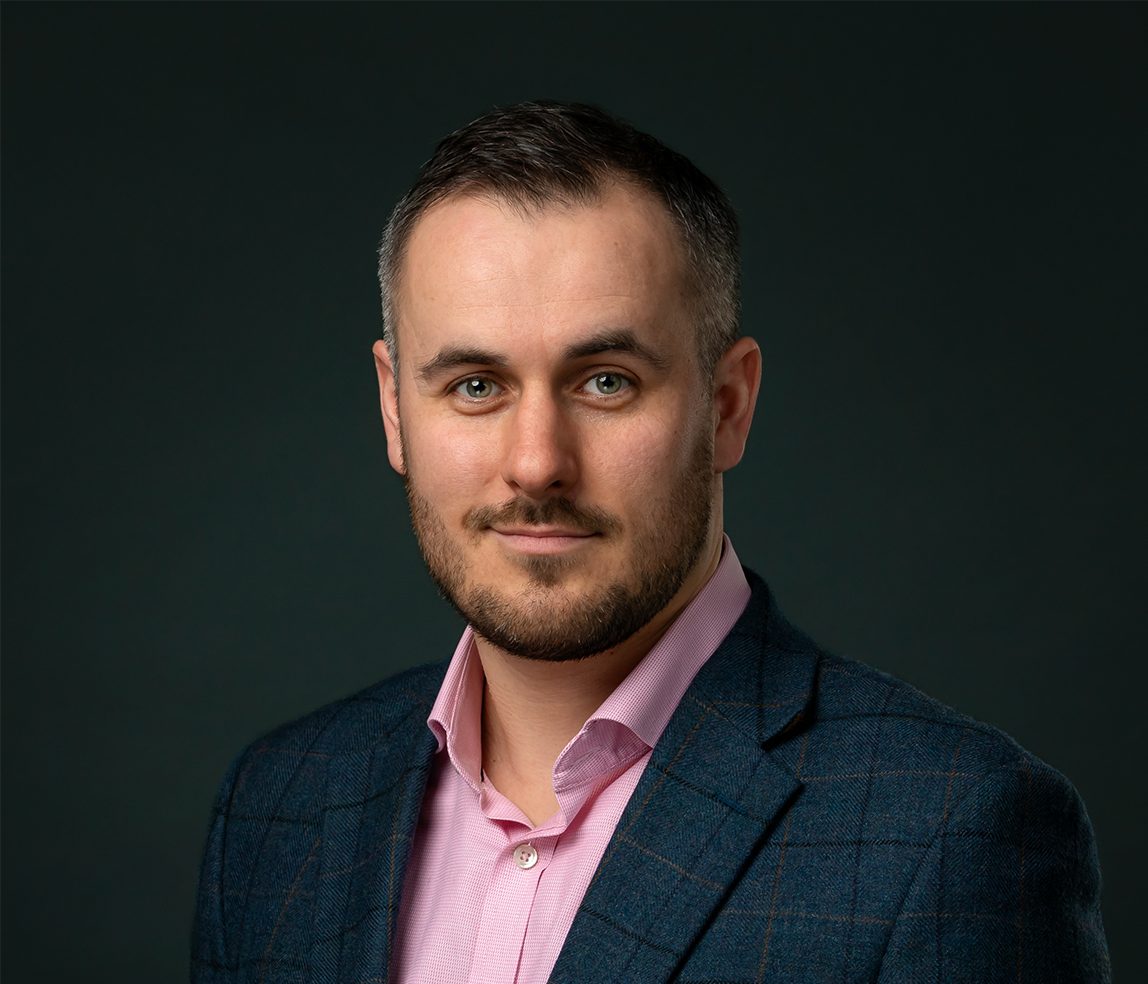Contact the team at FWB to discuss your individual or company requirements, or to discover more about our specialist services.
Breaking Barriers: Aine Finlayson on Women in STEM and the Future of Engineering
10 February 2025
- Leadership
- Thought Leadership
- Industry News

The world of engineering has come a long way, but challenges remain—particularly when it comes to gender diversity, skills gaps, and industry evolution. To mark Women in STEM Day, we sat down with Aine Finlayson, an experienced engineer and industry leader, to discuss her journey, the biggest hurdles facing the sector, and how we can create a more inclusive and sustainable future for STEM careers.
A Journey of Growth & Opportunity
Aine’s path into engineering was driven by curiosity, resilience, and a willingness to take on new challenges. Following her Masters in Mechanical and Manufacturing Engineering, she has worked across multiple businesses, growing into leadership roles by saying ‘yes’ to opportunities that stretched her skills.
Key highlights from Aine’s career:
Leadership in Change: At Aggreko and Peak Scientific, she has leveraged her expertise in both product and service industries, helping organisations navigate growth.
Diverse Experience: From working with forklift trucks to leading large-scale change initiatives across Europe, Aine has embraced complexity and transformation.
Adaptability: She transitioned from engineering to procurement before being drawn back into the technical side, proving the value of flexibility in career growth.
Commercial Acumen: Moving into project management and commercial roles was a significant shift, but it expanded her leadership capabilities and strategic thinking.

Challenges Facing Engineering Today
The engineering sector is rapidly evolving, but that doesn’t come without challenges. Aine identified several areas of concern:
Early intervention is key—ensuring girls see STEM as a natural and viable career choice from school age.
Skills Shortages:
There’s a growing demand for deep expertise, particularly in response to changes driven by sustainability, legislative and regulatory change, and emerging technologies.
Companies are struggling to find experienced talent, leading to wage inflation and ‘talent poaching’ within the industry.
The two humped camel effect – the gap between experienced professionals retiring and new talent entering the field without sufficient practical experience.
Bridging the Skills Gap:
Encouraging apprenticeship programmes that provide hands-on experience while earning is crucial.
Universities should offer more structured industry placements to equip graduates with real-world skills.
Creating clearer development pathways within companies can help young professionals progress without feeling lost.
Gender Diversity in STEM:
Engineering remains overwhelmingly male-dominated, particularly in Scotland, where 98% of the manufacturing and engineering workforce is male.
Early intervention is key—ensuring girls see STEM as a natural and viable career choice from school age.
Encouraging More Women into STEM
Aine is passionate about making STEM careers more accessible and attractive to women. She admitted that there is no single answer—but several key changes could make a difference:
Targeted Support & Scholarships: Financial incentives, apprenticeships, and leadership programs help women enter and progress in STEM careers.
Breaking the Outdated Mindset: STEM subjects should not be viewed as unusual choices for girls. Instead, they should be normalised in the way that careers in finance and law are.
Encouraging Role Models: Visibility matters. More women in leadership positions can inspire the next generation.
Flexible Work Environments: Many women seek careers that allow for growth alongside life choices like starting a family. Engineering must adapt to offer more flexible, inclusive career paths.
Early Engagement & Education: Hands-on STEM experiences in schools and mentorship programs build confidence and interest from a young age like the Primary Engineer programme.
Industry & Education Collaboration: Continue to build stronger partnerships between businesses, schools, and universities provide real-world exposure and career pathways.

The Power of Diverse Thinking in Leadership
Aine believes that having a mix of perspectives in leadership is vital. Women, and diverse thinkers alike, bring unique strengths to problem-solving and decision-making.
One of her key lessons? Trust your instincts.
“When I first started out, my gut would tell me something was wrong, but it took great courage to voice it. Over time, I learned that speaking up, even when it feels difficult, is crucial. And more often than not, I was right.”
She encourages workplaces to embrace different ways of thinking, not just in terms of gender but also neurodiversity and varied backgrounds.
The Role of Mentorship
Aine credits much of her success to the mentors she’s had throughout her career. Interestingly, all of her mentors have been male, highlighting the need for more female representation at senior levels.
Her advice for young professionals?
- Seek mentors who challenge you and provide candid feedback.
- Embrace learning from setbacks—growth comes from both successes and failures.
- Pay it forward—as you gain experience, help the next generation by sharing your knowledge and insights.

The Future of Engineering: Inclusion, Flexibility, and Intentional Leadership
Aine believes the industry must take intentional steps to drive change. A Scottish Government study identified three major barriers to diversity in STEM: leadership, flexibility, and mental health.
- Leadership: Companies must be proactive in fostering inclusive workplaces where diverse perspectives are valued.
- Flexibility: The rigid structures of traditional engineering roles need to evolve to accommodate modern work-life balance expectations.
- Mental Health: Feeling like an outsider in an industry impacts well-being. A more inclusive culture can help combat this.
Final Thoughts
Engineering and STEM industries stand at a crossroads—demand for innovation is growing, yet talent shortages and diversity challenges persist. The future of these fields will be defined not just by technological advancements, but by how effectively they attract, retain, and develop a workforce that reflects broader society.
Aine’s journey underscores that success in STEM is driven by adaptability, strategic risk-taking, and mentorship. However, individual ambition alone is not enough; systemic change is required. Businesses must shift from passive encouragement to active intervention, creating environments where talent—regardless of gender or background—can thrive. This means rethinking leadership models, embedding flexibility, and designing pathways that support diverse career progression.
The skills gap must be addressed with urgency, not just through recruitment, but through long-term investment in education, apprenticeships, and industry partnerships. Engineering must not only welcome diverse talent but also sustain it, ensuring that inclusion isn’t just a target but an integral part of workplace culture.
The challenge now is not just attracting more women to STEM but ensuring they stay, lead, and shape the industry’s future. The real measure of progress will be when conversations about diversity are no longer necessary—because inclusion has become second nature. Until then, organisations must commit to action, ensuring the next generation, like Aine, sees STEM as a field where they don’t just participate but excel and redefine what’s possible.
Therefore, the message is clear: we need more people—especially women—saying ‘yes’ to opportunities in STEM, just as Aine has throughout her career. With the right support and mindset, the possibilities are endless.
